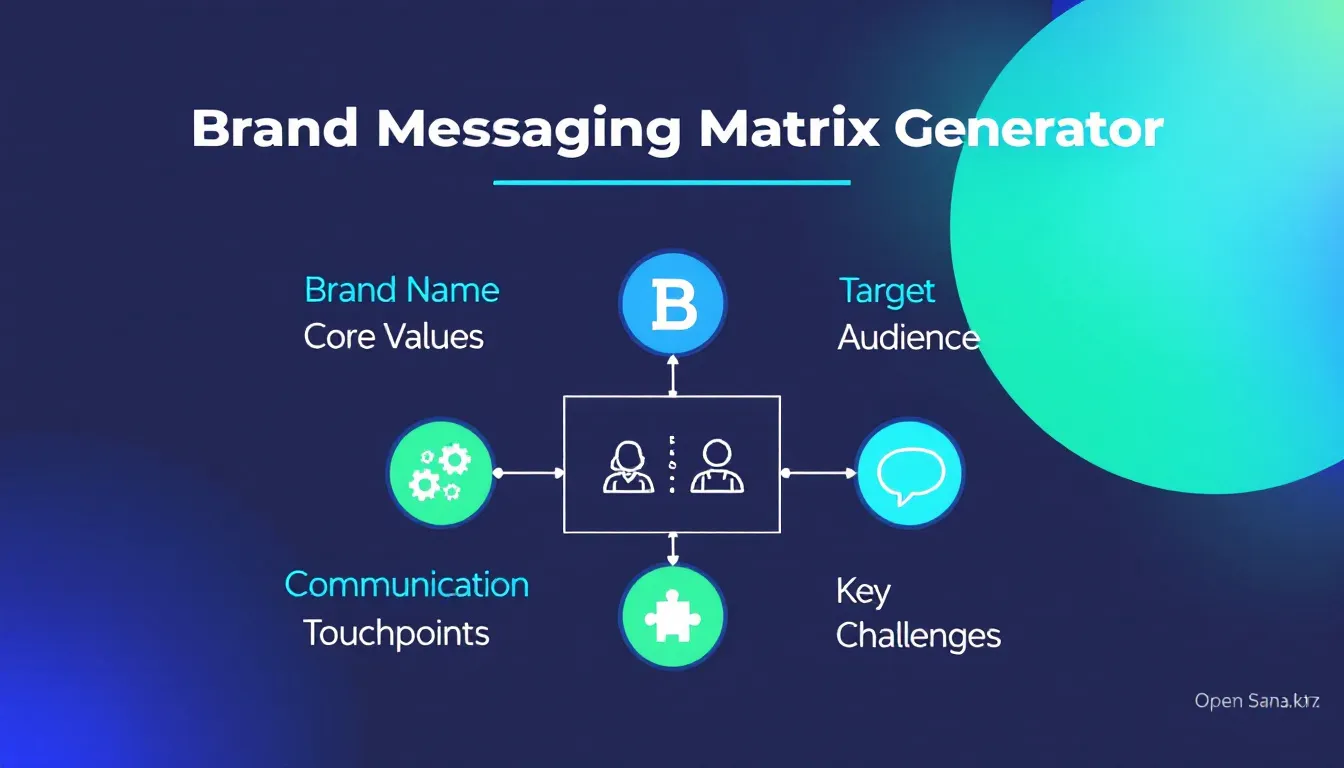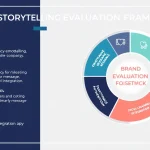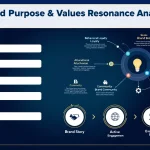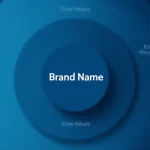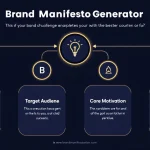Is this tool helpful?
How to Use the Brand Messaging Matrix Generator Effectively
This tool helps you create clear, consistent brand messaging tailored to different channels and audiences. Follow these guidelines for each input field to get the most useful and actionable messaging matrix.
1. Brand Name
Enter the official name of your brand, product, or service. This serves as the foundation for your messaging. For instance:
- SunStream Energy – A renewable energy startup focused on solar power solutions
- FreshAura Skincare – A natural skincare line emphasizing organic ingredients
2. Core Values
List the main principles that define your brand’s identity and influence your messaging. Examples include:
- SunStream Energy: Clean energy innovation, Environmental responsibility, Community empowerment, Reliability
- FreshAura Skincare: Purity, Transparency, Sustainability, Customer wellbeing
3. Target Audience
Describe your key customer groups with clear demographic and psychographic traits. For example:
- SunStream Energy: Eco-conscious homeowners aged 35-55, Small business owners seeking energy savings, Local government sustainability teams
- FreshAura Skincare: Women aged 18-30, Urban professionals interested in natural beauty products, Wellness influencers and bloggers
4. Communication Touchpoints
List the channels where your brand interacts with customers. Consider online and offline platforms such as:
- SunStream Energy: Company website, Green energy forums, Instagram ads, Industry webinars, Local community events
- FreshAura Skincare: E-commerce store, Email newsletters, Facebook groups, Beauty vlog collaborations, Retail packaging
5. Key Challenges
This optional field lets you specify any obstacles your messaging must overcome. Examples are:
- SunStream Energy: Market education on solar benefits, Competing with traditional utilities, Navigating regulatory approvals
- FreshAura Skincare: Breaking through in a crowded market, Overcoming skepticism about organic claims, Ensuring price competitiveness
What Is the Brand Messaging Matrix Generator and Why Use It?
The Brand Messaging Matrix Generator helps you build a structured communication plan that ensures your brand’s voice stays consistent yet flexible across different marketing channels. It organizes key message elements based on your brand’s identity, audience segments, and communication platforms to create targeted, clear, and cohesive brand messaging.
Purpose of the Tool
- Establish a unified message framework for all marketing efforts.
- Adapt core brand messages to fit specific channels and audience needs.
- Improve communication clarity and resonance with different customer segments.
- Save time and resources by streamlining message development.
Key Benefits
- Consistent Brand Voice: Maintain uniform tone and style across platforms.
- Stronger Brand Recognition: Reinforce key themes that customers remember.
- Efficient Marketing: Provide clear, channel-specific messaging guidelines for your team.
- Audience Connection: Tailor messages to address specific segment preferences and pain points.
- Strategic Focus: Align communication with your business goals and core values.
Practical Use Cases for the Brand Messaging Matrix Generator
1. New Product Launch
Example: A startup releasing an eco-friendly water bottle.
- Website: Highlight product features and sustainability benefits.
- Instagram: Showcase lifestyle images and customer reviews.
- Email: Share launch offers and early access invitations.
- YouTube: Publish unboxing videos and eco-friendly usage tips.
2. Rebranding Initiative
Example: A traditional coffee shop repositioning as a modern café with a focus on fair trade.
- Facebook: Communicate new brand values and community events.
- Local Ads: Promote the refreshed brand story and special offers.
- In-store Materials: Emphasize fair trade commitment and quality.
- Website: Update brand messaging with a fresh tone and visuals.
3. Geographic or Market Expansion
Example: A boutique fashion retailer entering a new international market.
- Instagram: Tailor messages to local cultural trends.
- Local Influencers: Build awareness and credibility.
- Website: Provide localized content and promotions.
- Email Campaigns: Target new customer segments with tailored offers.
Frequently Asked Questions About Brand Messaging Matrices
How often should I revisit my brand messaging matrix?
Update your messaging matrix quarterly or whenever you make significant changes to your brand strategy, customer base, or product offerings.
Can the same message work on all channels?
Core messages should remain consistent, but tailor your language, tone, and format for each channel to connect better with that audience.
What defines an effective brand message?
It’s clear, relevant, memorable, and aligned with your brand’s values and audience expectations.
How do I ensure consistent messaging across teams?
Share the matrix organization-wide and train your teams regularly on how to use it effectively.
Should I create specific matrices for different markets?
Yes. Develop localized versions to address cultural differences while keeping your brand’s core messages intact.
How can I measure if my messaging is effective?
Track engagement rates, brand recognition metrics, customer feedback, and sales conversions across your channels.
Is it okay to have multiple value propositions?
Yes, but prioritize them by audience segment and communication channel to keep messages focused and impactful.
How detailed should my audience description be?
Include demographics, lifestyle habits, motivations, and purchasing behaviors that influence how people interact with your brand.
Best Practices to Implement Your Brand Messaging Matrix
1. Test Your Messages
Run message tests with sample audiences to confirm clarity and resonance before launching.
2. Optimize for Each Channel
Adapt format, tone, and length to match each communication platform’s best practices.
3. Align Your Team
Ensure all departments understand and apply the messaging matrix consistently.
4. Review Regularly
Schedule reviews to update messages based on new insights and changing market conditions.
5. Document Thoroughly
Keep a detailed record of message variations and usage guidelines for easy reference.
Important Disclaimer
The calculations, results, and content provided by our tools are not guaranteed to be accurate, complete, or reliable. Users are responsible for verifying and interpreting the results. Our content and tools may contain errors, biases, or inconsistencies. Do not enter personal data, sensitive information, or personally identifiable information in our web forms or tools. Such data entry violates our terms of service and may result in unauthorized disclosure to third parties. We reserve the right to save inputs and outputs from our tools for the purposes of error debugging, bias identification, and performance improvement. External companies providing AI models used in our tools may also save and process data in accordance with their own policies. By using our tools, you consent to this data collection and processing. We reserve the right to limit the usage of our tools based on current usability factors.
